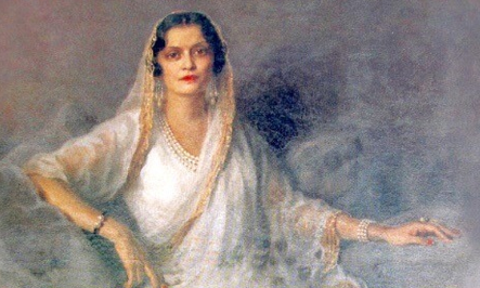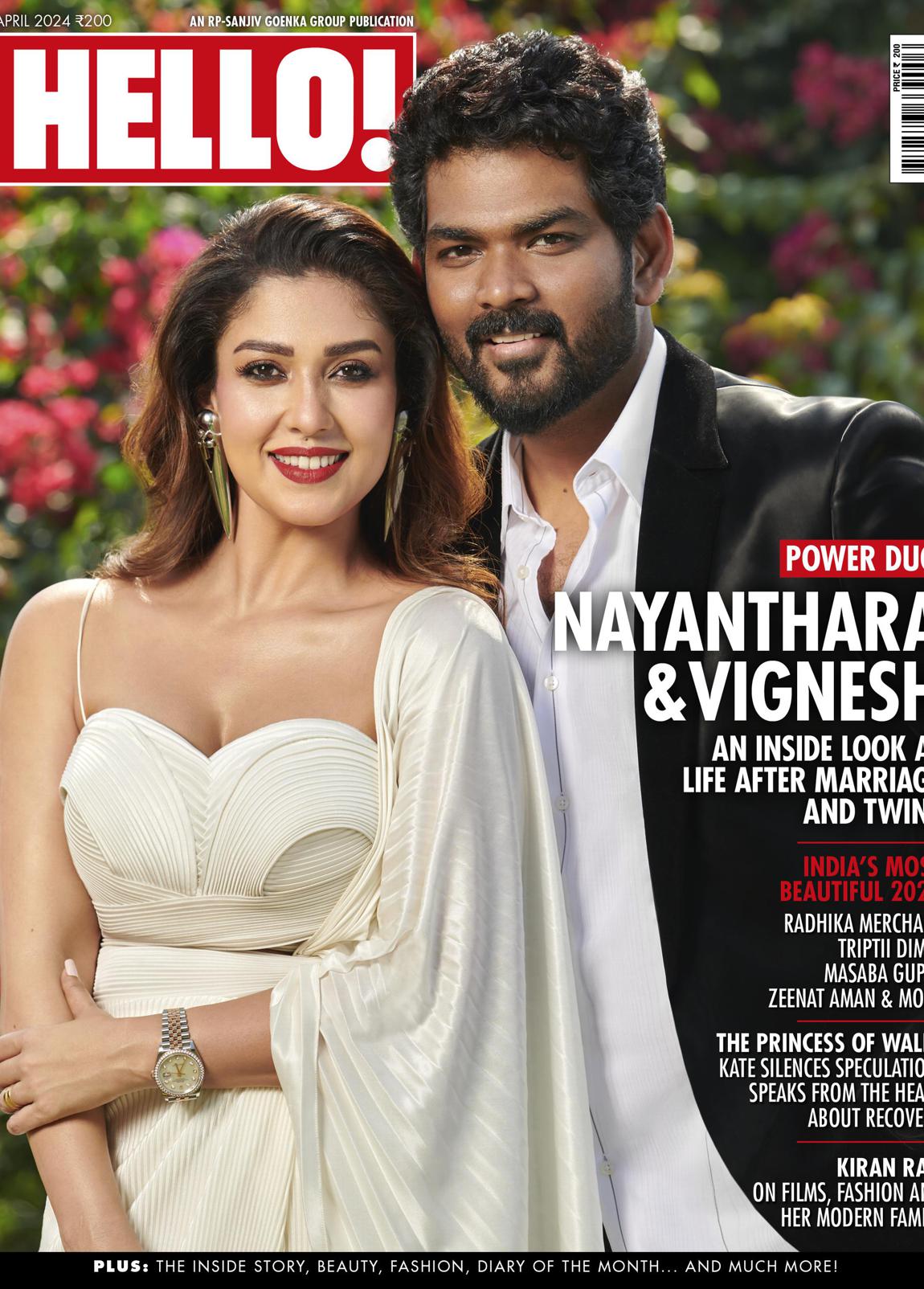
5 Real-Life Indian Princesses Who Were Fashion Icons

India might have gotten rid of the monarchy, but enduring legends of their extraordinary lifestyles and lavish extravagances have ensured that our fascination with them continues.
From setting evergreen fashion trends to becoming the muse of noted international artists and designers, Indian princesses have left indelible marks on the history of fashion. Here are some of the most stylish Indian princesses who can teach us a thing or two about evergreen style.
5 Most Stylish Indian Royals

Maharani Gayatri Devi of Jaipur
Inarguably one of the biggest fashion icons of the country, the Maharani of Jaipur is synonymous with style. While she was known for her elegantly coiffed hair, pastel-coloured chiffon saris, and pearl strands around the neck, she could be seen sporting slacks and other western attires when out in the field around her beloved horses.
The legendary royal had gotten her impeccable sense of style from her mother and grandmother, who, by her own admission, gave her invaluable style tips like how she should never pair emerald earrings with green saris since they look much better with pink. Her impact on Indian fashion is such that noted designer Sabyasachi created five limited-edition saris inspired by her for his Spring/Summer 2013 collection, featuring soft creams, pinks, and blues and fine French fabrics.

Maharani Indira Devi
Maharani Indira Devi of Cooch Behar
As we mentioned before, great style runs in the family because Maharani Gayatri Devi’s mother, Indira Devi of Cooch Behar, was a style icon in her own right. The royal can be credited for popularising the trend of French chiffon saris in India, a legacy that her daughter carried forward.
The prominent socialite was fond of travelling and familiarising herself with established and upcoming designers around the world. While she had a keen eye for fashion, it was shoes that had her heart. The Maharani was known to be an avid shoe collector and favoured the designs of Italian designer Salvatore Ferragamo. According to Ferragamo’s biography, the queen had commissioned him to make 100 pairs of shoes for her, with one being studded with diamonds and pearls from her personal collection.

Maharani Sita Devi of Baroda
Maharani Sita Devi of Baroda
One of the most flamboyant royals of India, Maharani Sita Devi of Baroda was fond of the high European life. The queen lived a large part of her life between Paris and Monaco, and was even awarded the citizenship of Monaco in her later years. According to records, she would travel everywhere with hundreds of saris, shoes, furs, and her famous ruby-studded cigarette holder. Her controversial marriage to the Maharaja of Baroda (both of them were married to other people when they met and began their relationship) made her even more fascinating and, maybe a little notorious.
She was well-known for extravagances like ordering pure gold tongue cleaners from French luxury jewellery company Van Cleef and Arpels. In 2019, her iconic Baroda Pearl Canopy, a unique piece consisting of 9,50,000 precious Basra pearls, emeralds, sapphires, rubies, and coloured glass beads, was auctioned off at Christie’s for $2,235,000 (INR 18 crores approx).

Princess Karam of Kapurthala
Princess Karam of Kapurthala
Princess Karam, or Sita Devi, of Kapurthala, was called the ‘pearl of India’ in the fashion circles of Paris, New York, and London in the ’20s and ’30s. Her love for European fashion was perfectly complimented by the family she had married into. The Maharaja of Kapurthala, her father-in-law, was a world traveller and a renowned Francophile. In fact, his fascination with the French was so immense that he also modelled his palace after the Palace Of Versailles.
Princess Karam spoke several languages, including French, English, and German and had western artists like Cecil Beaton and Man Ray consider her as their muse. She was often spotted draped in expensive couture and dripping in jewels from Cartier and Boucheron. In 1935, she even inspired designer Elsa Schiaparelli to create a collection of evening gowns based on her saris.

Princess Niloufer
Princess Niloufer of Hyderabad
Born in Istanbul and raised in France, Niloufer Farhat Begum got married to the second son of the last ruling Nizam of Hyderabad. Despite not being Indian by birth, the princess took to Indian traditional style like an exceptionally fashionable fish to water. A pioneer of women’s health in India, she was one of the first Indian style influencers to westernise the design and draping techniques of the traditional sari.
As she often travelled to other countries, her style oscillated between traditional Indian attire and western silhouettes like off-shoulder dresses and gowns. Her style is so iconic that it was on display at the New York’s Fashion Institute of Technology Museum.









